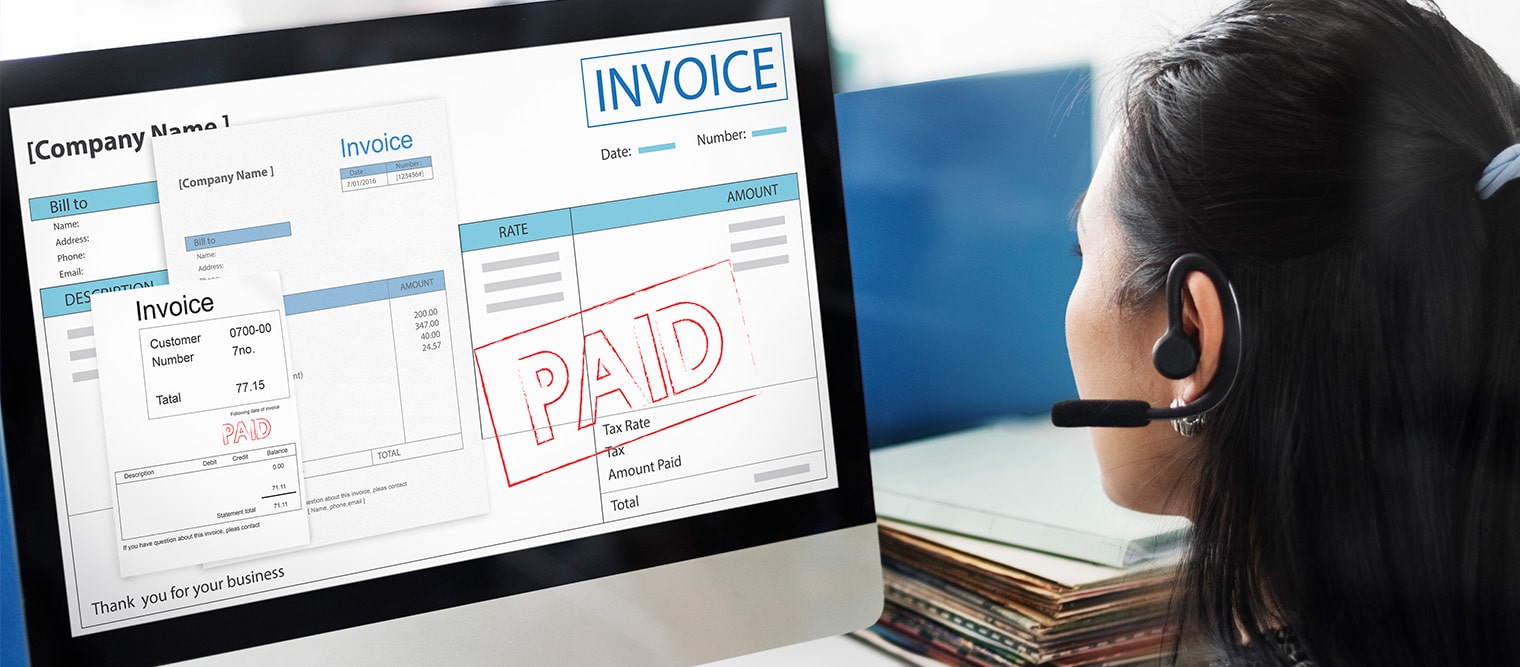A critical financial decision in SMEs is to hire an in-house accountant or outsource accounting services. This choice significantly influences operational efficiency, cost management, and strategic growth.
Notably, approximately 37% of SMEs outsource their accounting functions, highlighting the prevalence of this practice.
How Hiring an Accountant Impacts Business Growth
Hiring an in-house accountant can significantly influence your business’s growth trajectory. This decision impacts financial management, operational efficiency, and strategic planning. Understanding these effects is crucial for making informed choices about your company’s financial future.
Direct Control Over Financial Operations
Employing an in-house accountant provides immediate access to financial expertise, allowing for real-time monitoring and management of your company’s finances. This setup ensures that economic data is readily available, facilitating prompt decision- making and strategic planning.
The accountant becomes an integral part of your team, deeply understanding your business’s financial nuances and aligning closely with your company’s goals and culture.
Enhanced Integration with Business Objectives
An in-house accountant contributes to seamlessly integrating financial strategies with your business objectives. Their constant presence enables them to anticipate financial challenges and opportunities, providing proactive advice tailored to your needs.
This alignment fosters a cohesive approach to achieving long-term goals, ensuring financial planning supports overall business strategies.
Cost Considerations
While the benefits are substantial, hiring an in-house accountant involves significant financial commitments. According to the U.S. Bureau of Labor Statistics, the median annual wage for accountants and auditors was $82,620 in 2023.
Beyond salary, additional expenses include benefits, payroll taxes, and overhead costs such as office space and equipment. These investments can be substantial, particularly for small businesses with limited budgets.
Scalability and Flexibility
An in-house accountant offers stability but may present challenges in scalability. As your business grows, the financial complexities increase, potentially requiring additional accounting support. Adjusting to these changes can be time-consuming and may involve further recruitment and training, impacting operational flexibility.
Risk Management and Compliance
Having an in-house accountant enhances internal control over financial processes, reducing the risk of errors and fraud. They ensure compliance with evolving financial regulations, thereby minimizing the risk of legal issues and associated penalties.
How Outsourcing an Accountant Can Support Scalability
Outsourcing your accounting functions can significantly enhance your business’s scalability. By leveraging external expertise, you can efficiently manage financial operations, adapt to growth, and focus on core activities.
Access to Expertise and Advanced Technology
Engaging outsourced accounting services provides access to a team of professionals with specialized knowledge in financial management. These experts stay updated with the latest regulations and the industry’s best practices, ensuring your business remains compliant and financially sound.
Outsourcing firms often utilize advanced accounting software and cloud-based systems, offering real-time financial data access and streamlined processes. This technological advantage can be particularly beneficial for SMEs aiming to enhance efficiency without significant investments in infrastructure.
Cost Savings and Resource Optimization
Outsourcing accounting functions can lead to substantial cost savings. By eliminating the need for full-time, in-house accounting staff, businesses can reduce salaries, benefits, and training expenses.
According to the SBA, accounting is one of the most commonly outsourced business functions. This allows companies to focus on their core activities while experts handle financial tasks.
Scalability and Flexibility
Outsourced accounting services offer scalability, allowing businesses to adjust the level of financial support based on current needs. Whether you’re experiencing rapid growth or seasonal fluctuations, outsourcing provides flexibility to scale services up or down without the challenges of hiring or downsizing staff.
Enhanced Focus on Core Business Activities
Delegating accounting tasks to external professionals frees up valuable time and resources, enabling business owners and internal teams to concentrate on core activities such as product development, marketing, and customer service. This strategic focus can lead to improved operational performance and competitive advantage in the market.
Risk Management and Compliance
Outsourced accounting firms are well-versed in regulatory requirements and financial standards. Their expertise helps in mitigating risks associated with non-compliance and financial inaccuracies. These firms protect your business from potential legal issues and financial penalties by ensuring accurate financial reporting and adherence to relevant laws.
Risk Management and Compliance Considerations
Ensuring robust risk management and compliance is crucial when deciding between hiring an in-house accountant and outsourcing accounting services. Each approach presents distinct advantages and challenges in maintaining financial integrity and adhering to regulatory standards.
In-House Accountant: Strengthening Internal Controls
Employing an in-house accountant offers direct oversight of financial operations, enhancing internal control systems. This proximity allows for immediate identification and mitigation of potential risks, fostering a culture of accountability and transparency within the organization.
Advantages:
- Immediate Access: In-house accountants can promptly address financial discrepancies and implement corrective measures.
- Tailored Compliance: They develop and enforce policies designed to meet the company’s unique regulatory requirements.
Challenges:
- Resource Intensive: Maintaining an in-house team requires significant investment in training and staying updated with evolving regulations.
- Potential for Complacency: Without external audits, internal biases are associated with compliance objectivity.
Outsourcing: Leveraging Specialized Expertise
Outsourcing accounting functions provides access to professionals specializing in risk management and compliance. These experts have extensive experience working with diverse clients, offering a broader perspective on best practices.
Advantages:
- Cost-Effective Expertise: Businesses can benefit from high-level compliance services without the overhead costs associated with full-time employees.
- Up-to-date knowledge: Outsourced firms are often well-versed in the latest regulatory changes, ensuring timely and accurate compliance.
Challenges:
- Data Security Concerns: Sharing sensitive financial information with external parties necessitates stringent data protection measures.
- Less Control: Relying on an external team may delay addressing urgent compliance issues.
Regulatory Compliance: A Shared Responsibility
Both in-house and outsourced accountants must navigate complex regulatory landscapes. Non-compliance can result in severe penalties. For instance, in fiscal year 2023, the IRS assessed over $25.6 billion in additional taxes for late filings and collected nearly $2.8 billion from delinquent returns.
Mitigating Risks: Best Practices
Regardless of the chosen model, implementing the following practices can enhance compliance:
- Regular Audits: Conduct periodic internal or external audits to identify and rectify compliance gaps.
- Continuous Training: Ensure accounting personnel stay informed about the latest regulatory developments through ongoing education.
- Robust Data Security: Implement advanced cybersecurity measures to protect sensitive financial information from breaches.
Making a Future-Proof Decision
When determining whether to hire an in-house accountant or outsource accounting services, it’s essential to consider which option aligns best with your business’s unique needs. Each approach offers distinct advantages and potential drawbacks, depending on various factors such as company size, industry, and financial complexity.
Assessing Business Size and Complexity
- Small Businesses and Startups: Outsourcing can be a cost-effective solution for companies with limited financial transactions and straightforward accounting needs. It allows access to professional services without the overhead costs associated with full-time staff.
- Medium to Large Enterprises: Organizations with complex financial activities may benefit from an in-house accountant who can provide dedicated attention and a deeper understanding of the company’s economic landscape.
Control and Flexibility
- In-house Accountant: Having an accountant on staff offers greater control over financial processes and immediate consultation availability. This setup ensures that the accountant fully integrates into the company’s culture and operations.
- Outsourcing: While outsourcing provides flexibility and access to specialized expertise, it may result in less direct control over day-to-day financial operations. However, reputable outsourcing firms often implement robust communication channels to keep clients informed.
Scalability
- In-House Accountant: Scaling up may require additional hires, leading to increased costs and time spent on recruitment and training.
- Outsourcing: Outsourced services can easily adjust to your business’s changing needs, scaling services up or down as required without needing long-term commitments.
Expertise and Technology
- In-house accountant: An internal accountant may require ongoing training to stay updated with the latest regulations and technologies, which can be time- consuming and costly.
- Outsourcing: Outsourcing firms often have access to advanced technologies and a team of experts specializing in various accounting areas, ensuring that your business benefits from the latest industry practices.
Both in-house and outsourced accounting models offer distinct advantages. Your decision should align with your business needs, resources, and long-term objectives. Our team is here to assist if you’re seeking expert guidance to determine the best fit for your company. Contact us today to explore tailored accounting solutions that drive your business forward.










